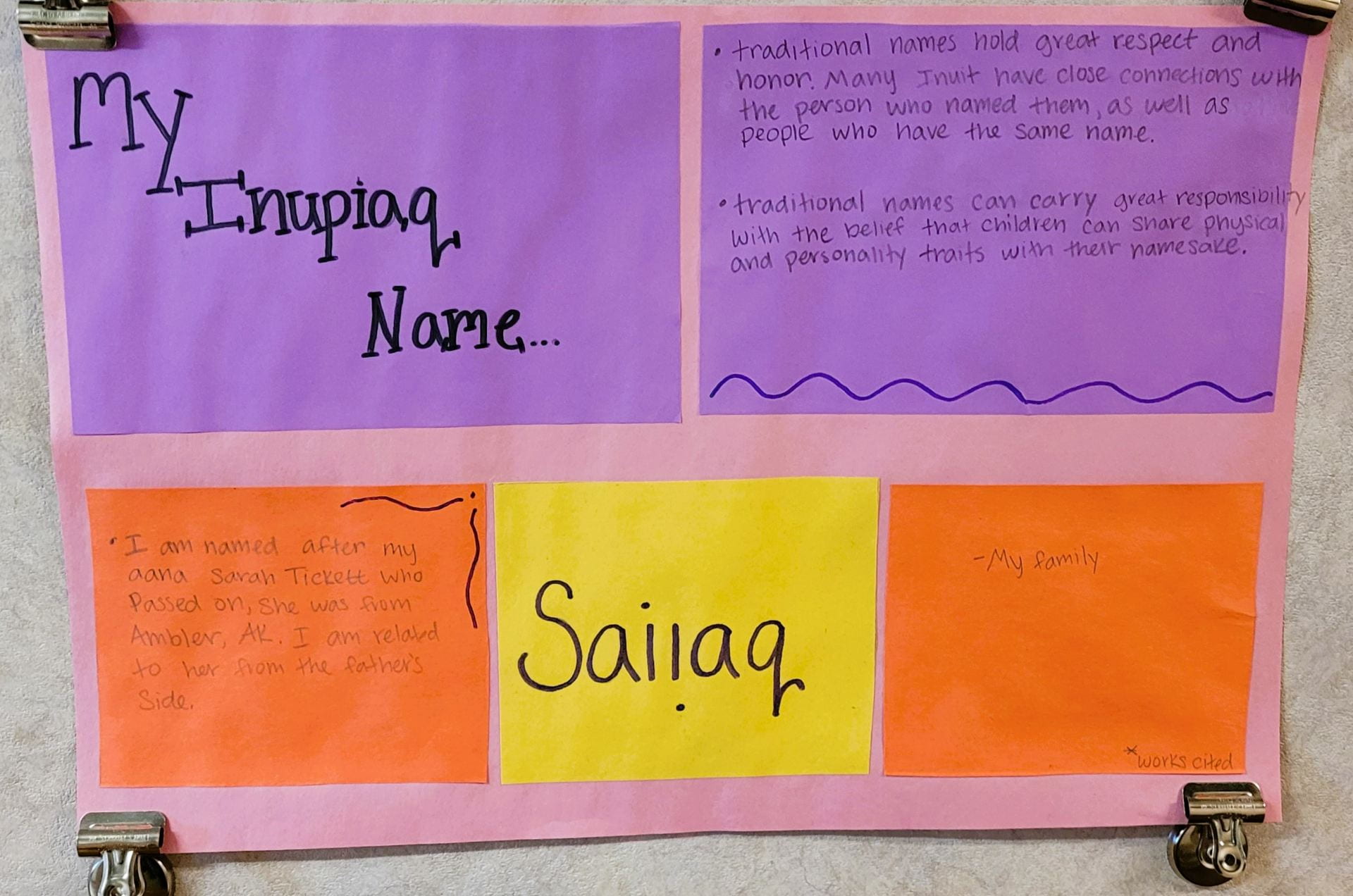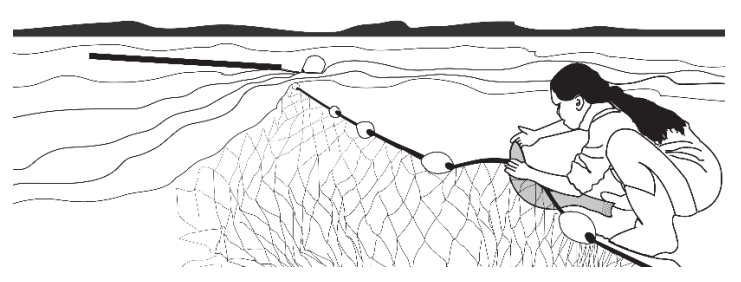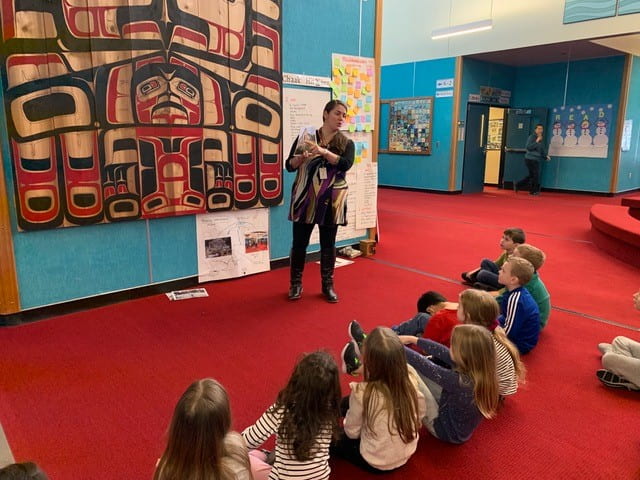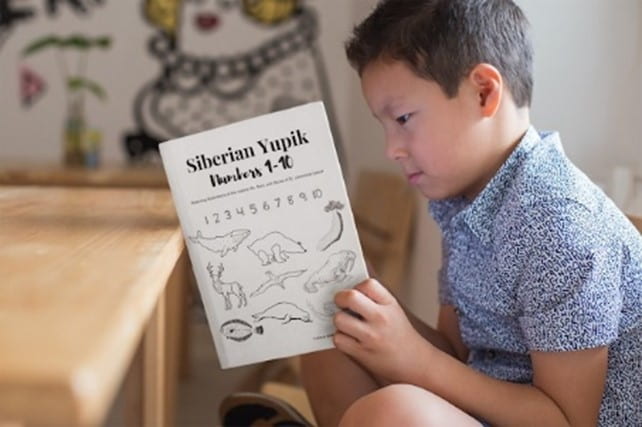
Each school day at 1pm, four elders make their way up the ramp at Nuniwarmiut School. Upon entering the building, they turn right and walk past the pre-school room. They stop by the office to greet the secretary and the principal and make their way down the hallway past the junior high and high school classrooms where students and teachers are collaboratively working on learning. They enter the library/meeting room at the end of the hall. They close the door and install themselves around one of the large tables where there is a collection of notepads, pencils, erasers, dictionaries and snacks just as they left them the day before. They are soon focused together on an extraordinarily significant undertaking that no one else in this world is capable of doing. Continue reading ‘An Extraordinarily Significant Undertaking that No One Else in this World is Capable of Doing’ by Peter Hawkins



